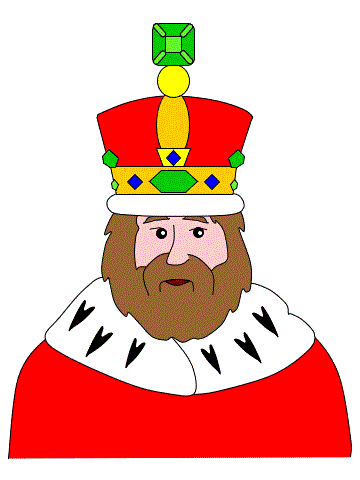DLTK's Crafts for Kids
DnD: Character Creation

Creating a character in Dungeons and Dragons is a fun and rewarding experience, so I recommend taking your time and doing your research before settling on a character combination that you identify with.
You will need:
- An internet connection
- A phone/tablet/computer
- Pencils and paper
- Character sheets, available to download for free online
- A set of dice or a dice rolling app like Dice Roller or Dice Ex Machina
- The DnD books I mentioned above OR the DnD wikipedia pages for classes/races
- A positive attitude!
Start by downloading and printing off a character sheet. Fill in the basic information like your name, your character’s name, and your level (1). The first thing you need to decide is what race your character will be. The races available in the 5th edition Player’s Handbook are: Elves, Half-elves, Humans, Dwarves, Half-Orcs, Dragonborn, Halflings, Gnomes, and Tieflings. Each of them have abilities and characteristics that make them unique and set them apart from each other. The next decision you have to make is what class you would like to play. Your class determines how you fight, what abilities and skills you have, and what armor and weapons you can use. There are 12 classes in total: Barbarian, Bard, Cleric, Druid, Fighter, Monk, Paladin, Ranger, Rogue, Sorcerer, Warlock, and Wizard.
Next you need to determine your character’s ability scores. These are the stats that apply to your character’s Strength, Dexterity, Constitution, Intelligence, Wisdom, and Charisma. I recommend using the standard set of scores (15, 14, 13, 12, 10, 8). Each stat gets one of those numbers before you apply an racial benefit that you might receive. (For example, a Hill Dwarf receives a +2 to their Constitution score and a +1 to Wisdom).
Now that you have the barebones of your character sheet filled out, you will want to spend some time thinking about what kind of person they are and what they look like. Give some thought as to how they behave and what their general demeanor is like. Keeping this in mind, look up the Personality and Background section of the Player’s Handbook and fill out your character’s alignment, bonds, flaws, and ideals. This section, along with the section on your class, should help you fill out the equipment portion of your character sheet.
Lastly, if you do not have access to a copy of the Player’s Handbook and the Dungeon Master’s Guide, or the Dungeons and Dragons Starter Set, the Dungeons and Dragons Wikipedia pages have all the information you will need to get started. Just do a google search of the specific info you are looking for, and it will be easy to find online.
Back to Dungeons & Dragons
Try our Fantasy coloring pages